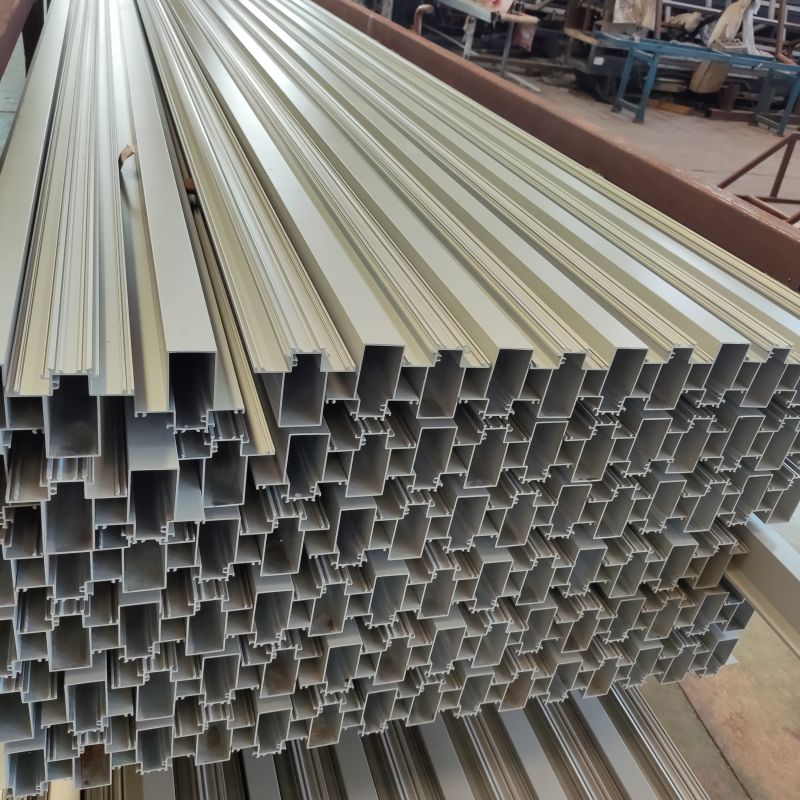Aluminum, renowned for its lightweight and versatile properties, undergoes a series of surface treatment processes to enhance its functionality and aesthetic appeal across diverse industries. From cleaning to polishing and advanced anodizing techniques, these treatments play a pivotal role in optimizing aluminum’s performance and durability.
Introduction
Aluminum surface treatment involves various techniques aimed at improving its surface characteristics to meet specific industrial or commercial needs. These processes not only enhance the mechanical properties of aluminum but also significantly boost its visual appeal.
Sandblasting (Shot Peening)
Sandblasting, utilizing high-speed sand particles to clean and roughen aluminum surfaces, is instrumental in enhancing fatigue resistance and promoting better adhesion for subsequent coatings. This process ensures a clean substrate ready for improved durability and performance enhancements.
Polishing
Polishing techniques like mechanical, chemical, and electrolytic methods transform aluminum surfaces into glossy, mirror-like finishes akin to stainless steel. This aesthetic enhancement not only improves visual appeal but also augments corrosion resistance and surface smoothness.
Wire Drawing
Wire drawing techniques impart a matte finish to aluminum surfaces, characterized by a subtle luster reminiscent of fine hair. This process enhances both the visual and tactile qualities of aluminum, blending modern fashion with technological precision.
Highlight Cutting
Precision highlight cutting utilizes advanced engraving technologies to create focal points on aluminum surfaces. The speed of the milling drill directly influences the brightness and clarity of these highlights, ensuring precise detailing and aesthetic appeal.
Anodizing
Anodizing, an electrochemical process, forms protective oxide layers on aluminum surfaces, enhancing hardness, wear resistance, and longevity. This treatment also offers aesthetic versatility by allowing for two-color finishes, highlighting specific design elements with contrasting hues.
Two-Color Anodizing
Achieving two-color anodizing involves meticulous control over the anodizing process to impart different colors to distinct areas of aluminum surfaces. While complex and costly, this technique elevates product aesthetics, reflecting high-end and unique appearances.
Other Surface Treatment Methods
Additional treatments such as chemical brightening, degreasing, and pickling provide further customization options based on specific application requirements. These methods ensure optimal surface preparation tailored to diverse industrial and commercial needs.
Applications and Industries
Aluminum surface treatments find wide-ranging applications in architecture, automotive manufacturing, electronics, and various industrial sectors. Each industry benefits from tailored surface treatments that enhance functionality, durability, and visual appeal across diverse applications.
Conclusion
In conclusion, aluminum surface treatment processes are indispensable for optimizing the performance, durability, and aesthetic appeal of aluminum in various industries. As technological advancements continue to drive innovation in surface treatment techniques, the future promises even more refined and efficient solutions for enhancing aluminum’s versatility and functionality.
